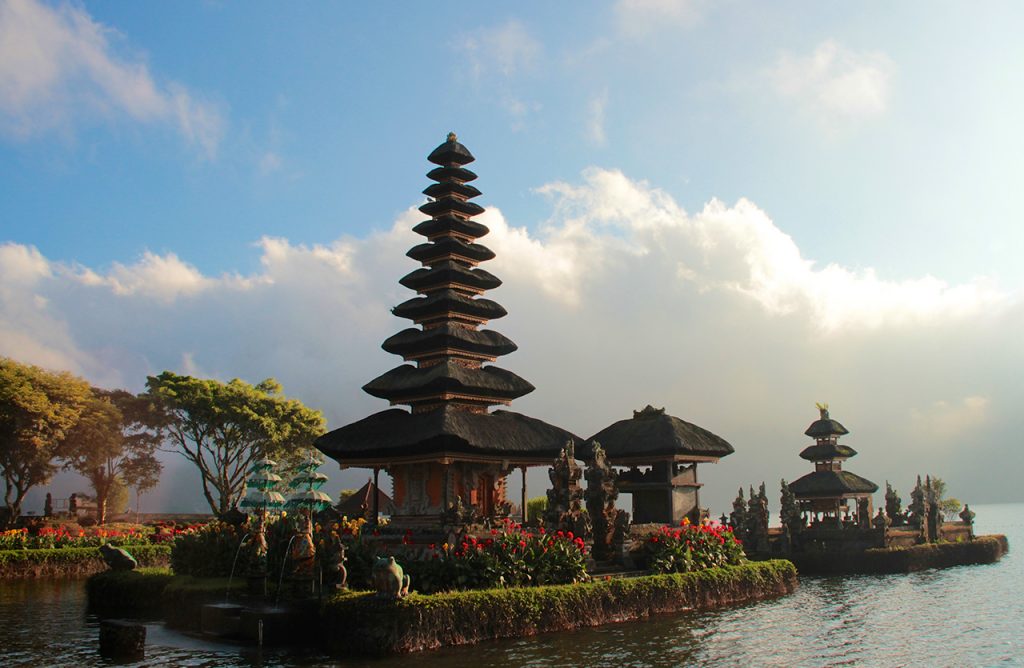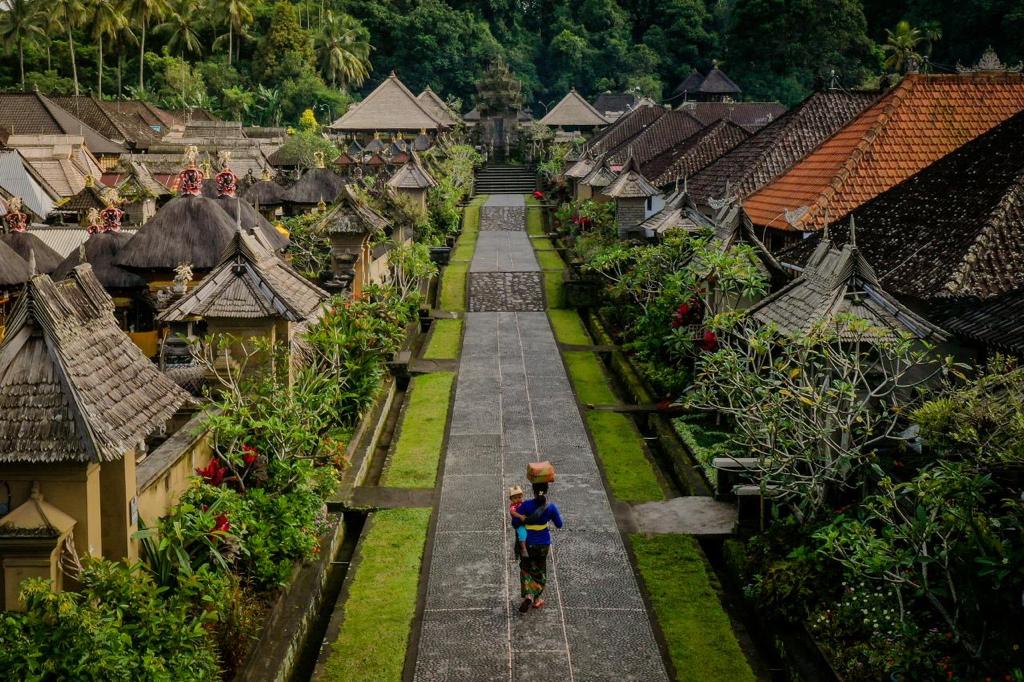
Following hot on the heels of Chinese New Year and the beginning of 2018 in the Gregorian calendar, comes a New Year celebration quite unlike any other. Rather than filling the sky with fireworks or the streets with celebration, Nyepi brings the island of Bali to a complete standstill. It is one of the most unique and interesting days in the calendar, and a celebration that has to be seen to be believed.
To celebrate the Saka New Year in March, all daily activities in Bali stop; the usually pulsating streets are emptied, no music plays, no voices can be heard, and no-one steps outside their home for a whole day. It’s a bizarre and blissful return to tranquillity. For visitors to the island during this time, Nyepi is a tantalising glimpse into a side of Bali that is rarely seen; a peaceful return to the island’s more sedentary roots.
This year, Isakawarsa (Saka new year) will be celebrated from 6AM on 17th March until 6AM the next morning. Nyepi is a day reserved for self-reflection, meditation, fasting and silence. Strict rules are adhered to across the island: lighting of fires is prohibited (and lights must be kept low); no work is permitted; no entertainment or pleasure is allowed; there’s no travelling; and, for some, no talking or eating at all. The only people to be seen outdoors are the Pecalang – traditional security men who patrol the streets to ensure the prohibitions are being followed.
Although Nyepi is primarily a Hindu holiday, non-Hindu residents of Bali observe the silence as well, out of respect for their fellow citizens. Even tourists are not exempt; although free to do as they wish inside their hotels, no-one is allowed onto the beaches or streets, and the only airport in Bali remains closed for the entire day. Some visitors prefer to avoid Bali at this time, as the restrictions around transport and accommodation can be a hindrance to holiday plans. Despite this, Nyepi is worth experiencing at least once in a lifetime; festivities either side of the festival are spectacular, plus the day itself offers an eerily wonderful insight into the culture of Balinese celebrations and worship.
Just before the day of silence, Bali’s streets are packed and bustling with colourful processions, known as the Melasti pilgrimages. The ritual, dedicated to Sanghyang Widhi Wasa, is performed in Balinese temples (Pura) near the sea in order to purify sacred objects (Arca, Pratima, and Pralingga) belonging to several temples, and to acquire sacred water from the sea. These parades take place over the three days leading up to Nyepi. It is one of the best times to capture iconic Balinese processions on camera, as parasols, banners and effigies offer an amazing cultural spectacle.
Devout Hindu Balinese villages usually make ogoh-ogoh; demonic statues made of bamboo and paper symbolizing negative elements or malevolent spirits. After the ogoh-ogoh have been paraded around the village, the Ngrupuk ritual takes place, which involves burning the ogoh-ogoh. This whole process is referred to as The Bhuta Yajna Ritual. In 2018, this ritual will be performed on 16th March 2018 (starting around 6PM until around midnight).
When all these rituals have been completed, Nyepi can begin. The day of silence stats at 6AM on 17th March and lasts until 6AM on 18th March. The Balinese regard Nyepi as a sacred and much-anticipated special occasion. Travellers to the island will be expected to show respect and observe the silence too. Although the festival is known as the Day of Silence, there’s plenty going on either side of the day itself that will turn up the volume on travellers’ adventures in Bali.
Nyepi: The Rules
•  No fires or lights
•  No working
•  No travelling
•  No entertainment
•  Beaches and airport closed





